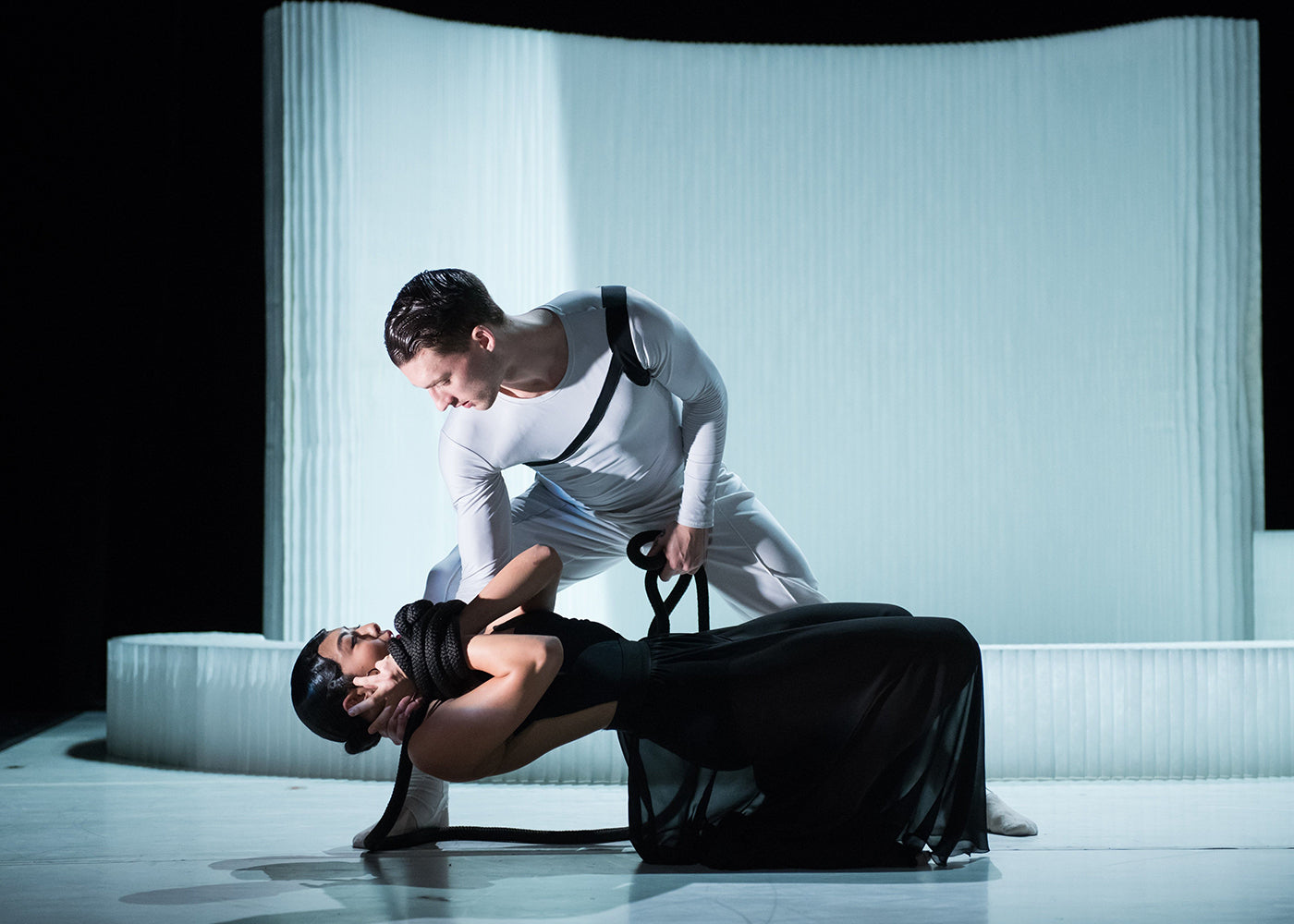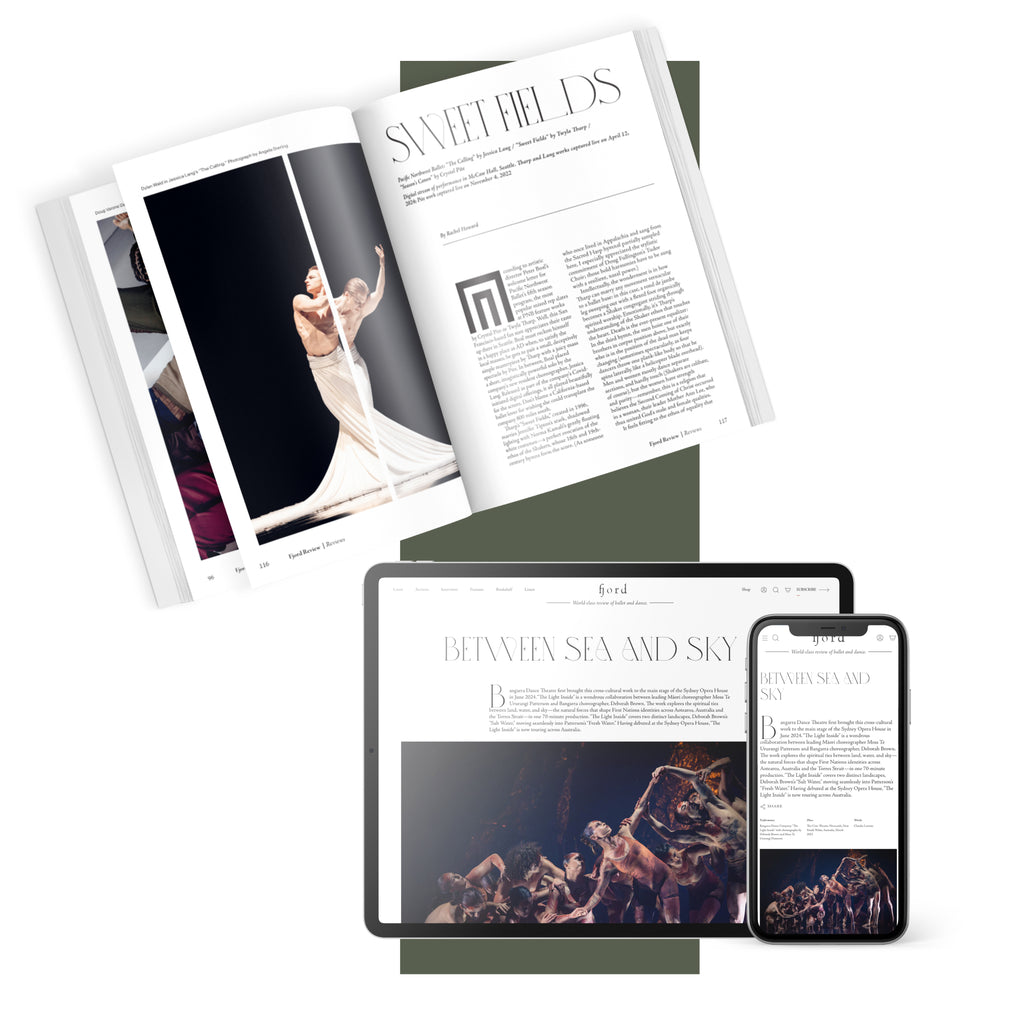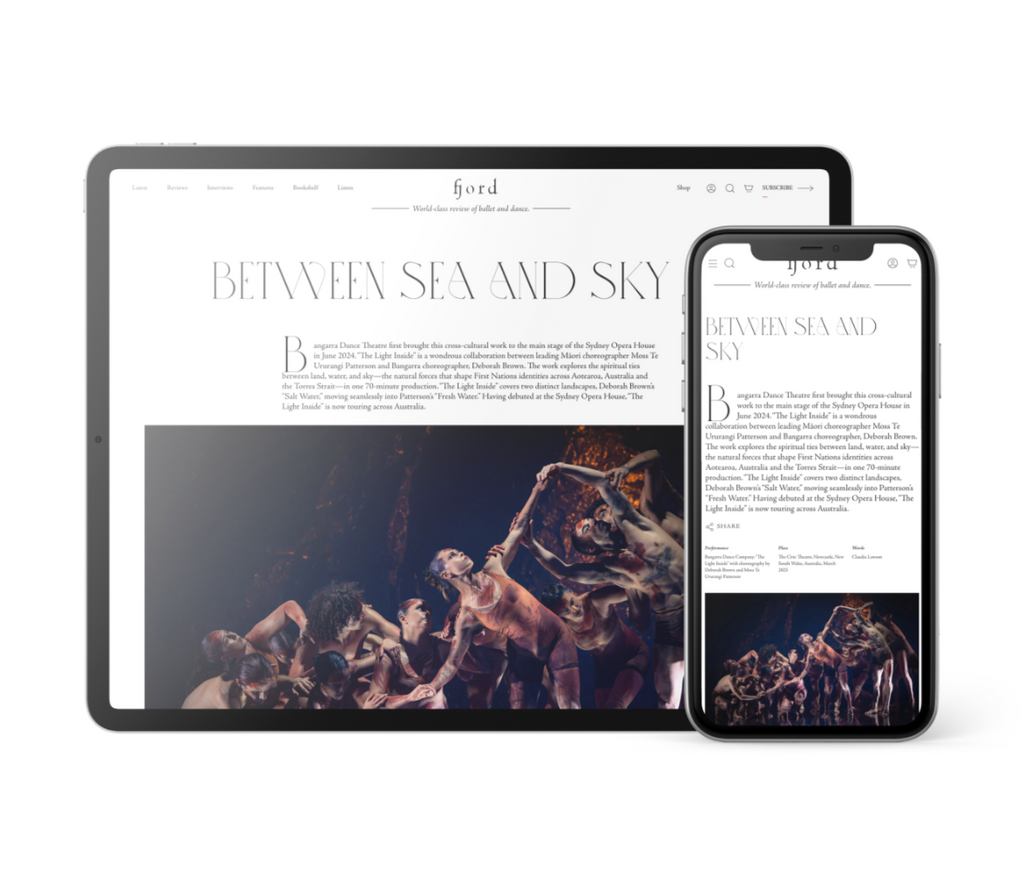Strong Foundations
The Sun King not only invented ballet in its modern form but in 1713 also founded the oldest ballet academy in the world.
Continua a leggere
World-class review of ballet and dance.
For Ballet Hispánico’s upcoming season at New York City Center from May 29-June 1, the company will present Gustavo Ramírez Sansano's “Carmen.maquia,” a contemporary take on the timeless story at the heart of George Bizet’s unforgettable opera “Carmen.” The tragic tale of Carmen, a fiery gypsy woman, who captivates both Don José, a soldier, and the bullfighter Escamillo with her independent spirit and allure, revolves around universal themes—love, passion, and jealousy—culminating in violence. Wanting to know about the special blend of ingredients that went into this boldly reimagined Carmen, I sat down with Artistic Director and CEO Eduardo Vilaro for a discussion about the work. The conversation yielded insight into what makes this production so uniquely vibrant and why it is a relevant work for today and for Ballet Hispánico’s core mission to reimagine how Latine culture is celebrated on the global stage.



“Uncommonly intelligent, substantial coverage.”
Your weekly source for world-class dance reviews, interviews, articles, and more.
Already a paid subscriber? Login

The Sun King not only invented ballet in its modern form but in 1713 also founded the oldest ballet academy in the world.
Continua a leggereThe Choreographic Platform Austria (CPA) held in Salzburg from 20–22 November 2025, has become a biennial focal point for contemporary dance in Austria.
Continua a leggereIt’s “Nutcracker” season at San Francisco Ballet—36 performances packed into three weeks—which means that the company is currently serving two distinct audiences.
Continua a leggereLast week I caught up with choreographer Pam Tanowitz and Opera Philadelphia’s current general director and president, countertenor Anthony Roth Costanzo to talk about “The Seasons,” the company’s latest production premiering at the Kimmel Center’s 600-plus seat Perelman Theater on December 19.
Continua a leggere
comments